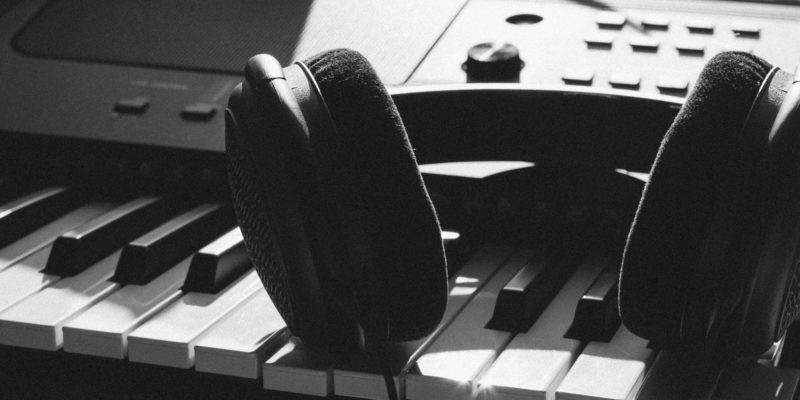Music production has come a long way in the last few years, with the advancements in technology making it easier than ever to create professional-sounding music from your own home. With the right tools, anyone can create music that rivals that of the biggest music producers in the industry. In this article, we’ll discuss the essential tools you need for music production in 2023.
Can You Make Music From Your Home?
Yes, of course! With the advancement of technology, it’s now possible to create professional-sounding music from the comfort of your home. All you need is a laptop for music, a DAW, and a few plugins, and you can start creating your own music.
Top 5 Best Digital Audio Workstations (DAWs)
A DAW is the heart of any music production setup. It’s a software application that allows you to record, edit, and mix audio and MIDI tracks. There are several DAWs available on the market, but some of the most popular ones include:
#1 Ableton Live
Ableton Live is a DAW that is popular with electronic musicians and DJs. It features a unique session view that allows you to create loops and trigger clips in real-time. Ableton Live also comes with a powerful set of plugins and virtual instruments. You can read more about Ableton Live in our Beginner’s Guide to Mixing.
Pros:
- Unique session view for real-time loop triggering and clip launching
- Powerful built-in instruments and effects
- Popular among electronic musicians and DJs
Cons:
- Steep learning curve
- Limited mixing capabilities compared to some other DAWs
#2 FL Studio
FL Studio, formerly known as Fruity Loops, is a popular DAW that is used by hip-hop and electronic music producers. It features a step sequencer, piano roll, and a powerful mixer. FL Studio also comes with a wide range of plugins and virtual instruments.
Pros:
- User-friendly interface
- Step sequencer and piano roll for easy MIDI programming
- Wide variety of plugins and virtual instruments
Cons:
- Some users may find it limiting for certain genres of music
- Can be CPU-intensive when working with large projects
#3 Apple Logic Pro X
Logic Pro X is a DAW that is exclusive to Apple devices. It is popular with professional music producers and features a wide range of plugins, virtual instruments, and effects. Logic Pro X also comes with a variety of useful tools for mixing and mastering, making it a powerful all-in-one tool for music production.
Pros:
- Exclusive to Apple devices and integrates well with other Apple software
- Wide range of built-in plugins, virtual instruments, and effects
- Powerful mixing and mastering tools
Cons:
- Only available on Mac devices
- High price point compared to other DAWs
#4 GarageBand
GarageBand is a free DAW that comes pre-installed on all Apple devices. It is a great tool for beginners who are just starting out with music production. GarageBand features a simple interface and comes with a variety of virtual instruments, loops, and effects.
Pros:
- Free and pre-installed on all Apple devices
- Beginner-friendly interface
- Comes with a variety of loops, virtual instruments, and effects
Cons:
- Limited functionality compared to more advanced DAWs
- Not suitable for professional music production
#5 Audacity
Audacity is a free, open-source DAW that is available for Windows, Mac, and Linux. It is a great tool for recording and editing audio, and comes with a variety of plugins and effects.
Pros:
- Free and open-source
- Good for recording and editing audio
- Comes with a variety of plugins and effects
Cons:
- Limited MIDI functionality
- Not suitable for advanced music production
Conclusion
Music production has never been more accessible than it is today. With the right tools and music production courses, anyone can create professional-sounding music from home. The essential tools you need for music production in 2023 include a DAW, plugins, virtual instruments, and effects. Some of the most popular DAWs in the market include Ableton Live, FL Studio, Apple Logic Pro X, GarageBand, and Audacity. With these tools, you can start creating your own music and taking your music production to the next level.
* * *
Header Photo by Kai Pilger.

